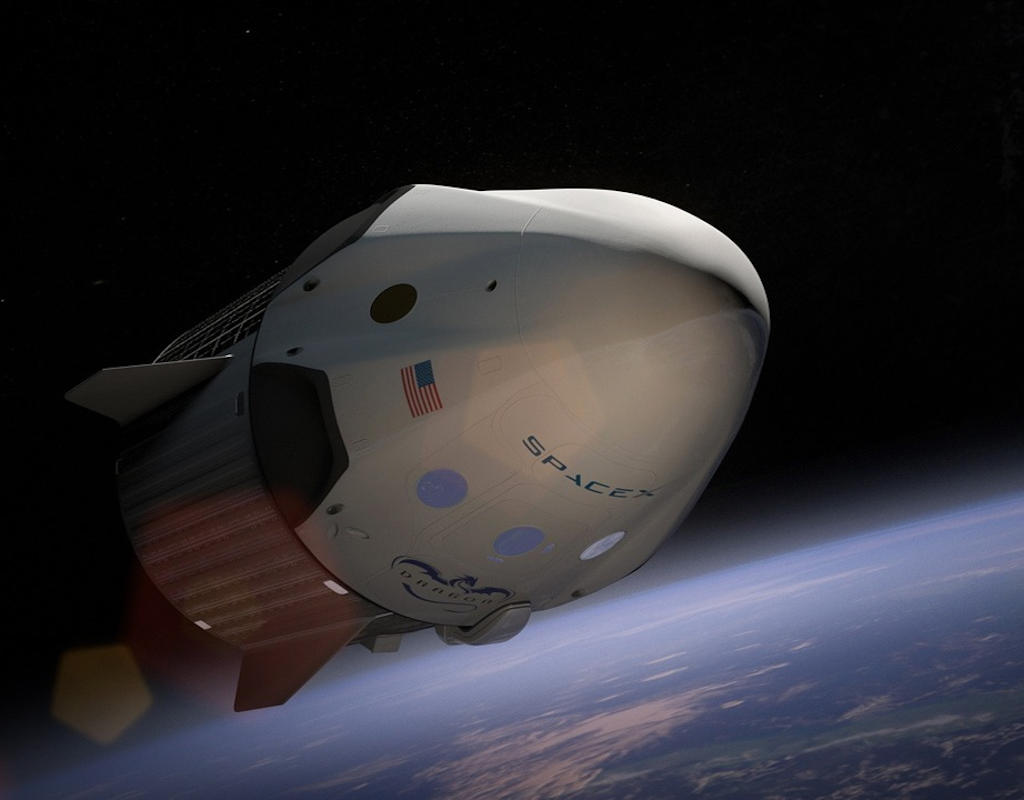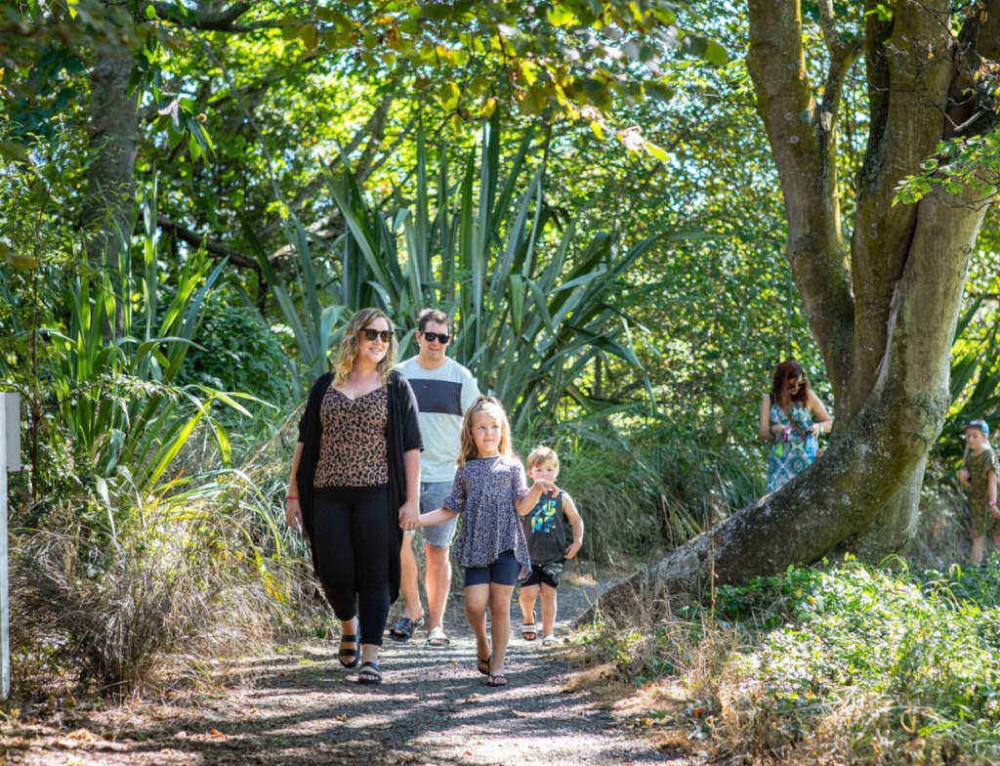Lately it seems the whole country is outside on clear nights, staring at the darkness above them, hoping to see the SpaceX Starlink satellites. Stargazers are being rewarded with spectacular “train” lines of dozens of twinkling lights.
Whilst there is debate regarding space junk and pollution of our beautiful night skies with man-made objects, the sight of these amazing satellites has also awoken an interest in astronomy and space exploration in old and young alike, making it an ideal learning opportunity for kids.
What are those lights in the sky?
Initially these strange lights were a bit of a mystery (and yes, aliens crossed all of our minds!), but they are so regular now that media coverage has enlightened a lot of us to their presence.
The lights are the SpaceX Starlink satellites reflecting sunlight, creating an appearance like a shooting star.
Elon Musk’s SpaceX Starlink project has been working on deploying an advanced broadband internet system by sending up payloads of satellites (five at last count). The intention is to provide a global satellite internet network to locations where access has been unreliable, expensive, or unavailable. Each Starlink satellite weights approximately 260kg. Additional information can be found at starlink.com.
How can I see them?
The satellites are often seen in a “train” formation, one after the other, up to dozens at a time. They appear and disappear quickly so spotting them requires a bit of forward planning or a lot of neck stretching! You will need a clear night and preferably somewhere that there isn’t a lot of light pollution.
As each payload of satellites orbits they slowly move apart and so older payloads appear as longer lines of individual satellites. Newer payloads appear closer together.
There’s quite a few sites on the internet that provide times and locations for viewing the satellites. TIP! Personally, I use the site ‘See a Satellite Tonight – James Darpinan‘ . This site lets you input your own location and provides the day, time, number of satellites, which payload they are, and a Google Street View video to help you locate where the satellites will appear. You can even set calendar reminders. The site is not only for the Starlink satellites – you can also see when the International Space Station (ISS) passes over, which is pretty regular.
Have you seen the satellites?
See more:
 Written by Julie Scanlon
Written by Julie Scanlon
Julie is Editor for Kidspot NZ and our MVP. Her hobbies include laughing uncontrollably at her own jokes, annoying her family by asking questions about movie plots, and never taking anything too seriously. She speaks a little Spanish and a lot of Yorkshire.
Favourite motto to live by: “It ain’t nothing but a thing”







Leave A Comment
You must be logged in to post a comment.